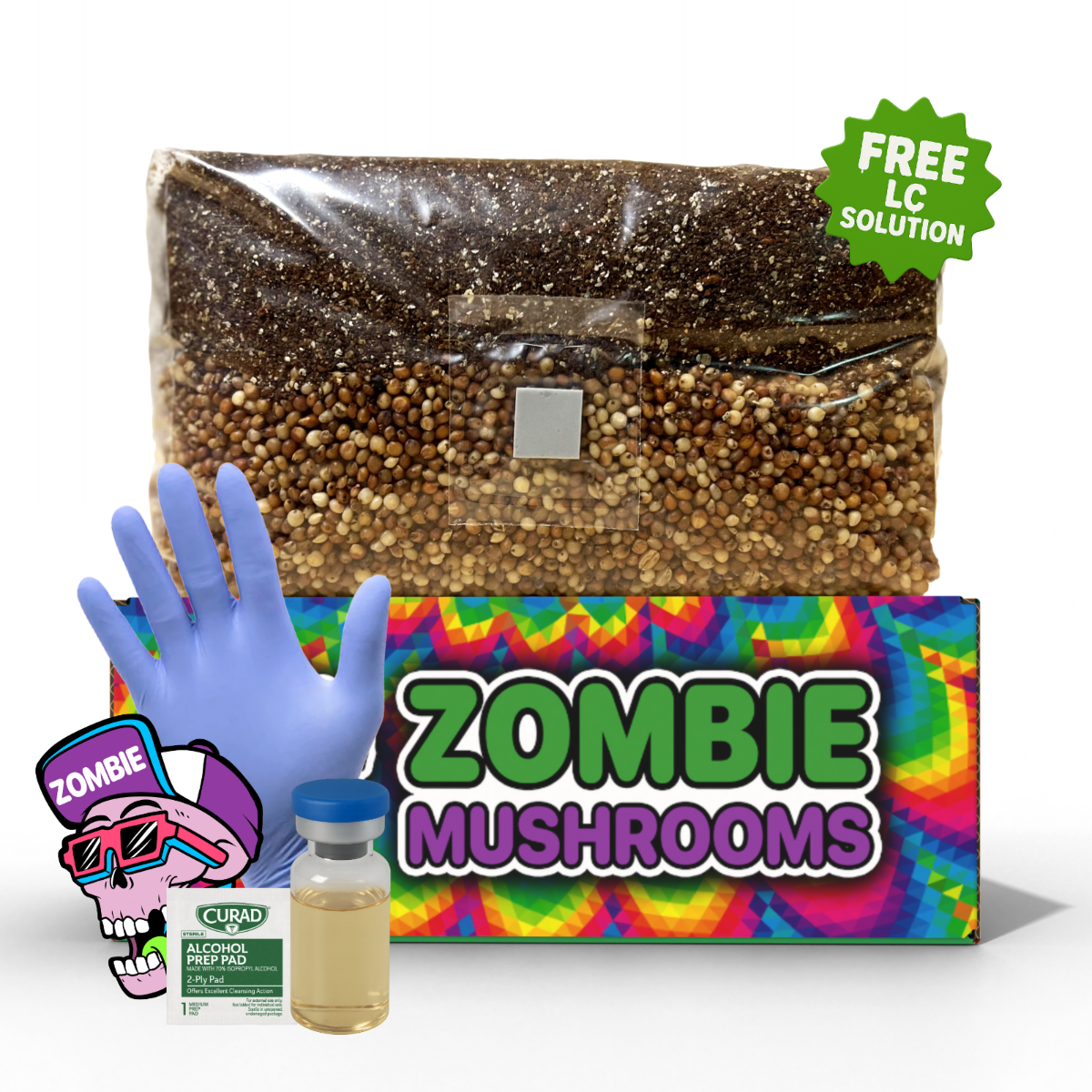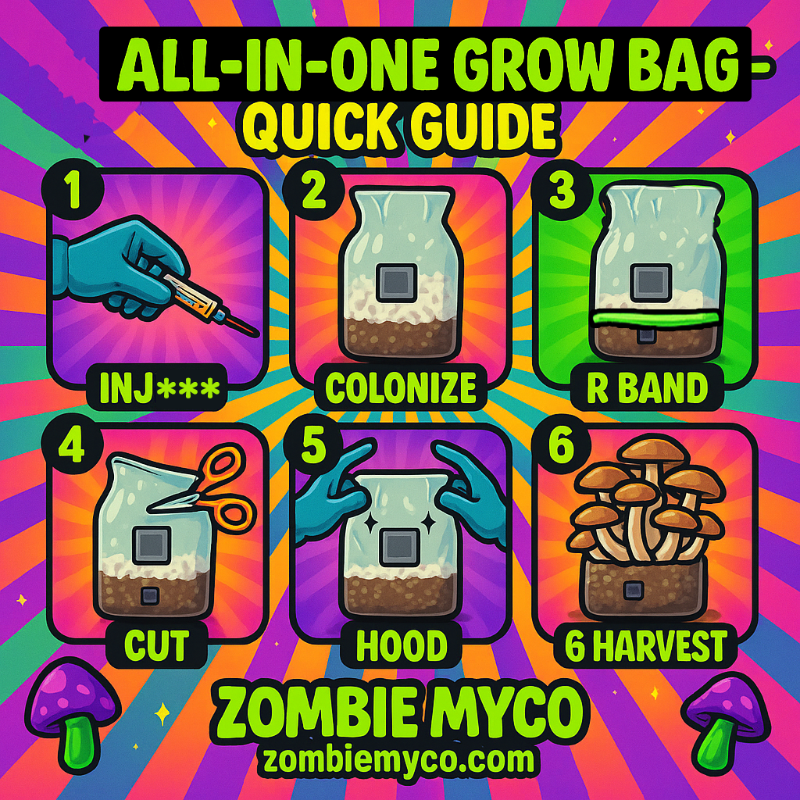⬇️ Prefer to listen instead? ⬇️
- Soaking dried lion’s mane mushrooms in cold water helps keep the stuff that supports your brain and keeps their feel better.
- When you soak dried lion’s mane, they still have important nutrients, like hericenones and erinacines, which can help your brain.
- Hot water soaks them faster, but it hurts how they taste and feel.
- After soaking, squeeze out the water. This is important so they are firm and feel like meat when you bite them.
- The water you soak them in has a lot of good flavor. You can use it like a healthy broth or stock.
Chefs and people focused on wellness really like Lion’s Mane mushrooms. They like them because they feel like seafood and might help your brain. Fresh mushrooms are good, but they don't last long. Dried ones are easy to keep for a long time and taste stronger, if you soak them the right way. You might use these mushrooms in vegan crab cakes or to make soups and pastas taste better. How you soak them really changes how they taste, how they feel, and how many good things they still have, and some home growers keep a steady supply with a mushroom monotub kit.

Quick Look: Dried vs. Fresh Lion’s Mane
Fresh Lion’s Mane mushrooms (Hericium erinaceus) are soft, white, and delicate. Just like the name says, they look like a lion’s mane. These fresh mushrooms are soft and have lots of water, but they go bad fast and you often need to use them the same week.
Dried Lion’s Mane mushrooms are different; you can keep them in your pantry. After drying, they weigh less, take up less room, and store for months or even years without needing a fridge. But maybe the best thing is the stronger taste. Drying makes the mushroom's natural savory taste stronger, adding more flavor to savory dishes. But you must soak dried Lion’s Mane mushrooms carefully to get the right feel back and avoid them being too chewy or falling apart and getting soggy.
Good dried lion’s mane from trusted companies like Zombie Mushrooms are tested in a lab to be clean and have a steady feel. This makes soaking them work better.

Hot or Cold Water? What Science Says
The main question when getting dried Lion’s Mane ready is simple: should you soak them in hot or cold water?
For cooking, both ways can work. But experts and people who cook with mushrooms a lot say a cold soak is best when you want them to taste and feel their best. Let’s see why:
Cold Soak
- Time: 8–12 hours (often overnight)
- How it helps feel: Keeps them from getting too wet and helps hold the lion’s mane mushroom texture.
- Keeps flavor: Cold water is easier on the mushroom’s good smells and healthy parts. These things stay more stable when it's cold.
- Best way to use: In dishes where the mushroom is the main part—like cooked in a pan, fake seafood, or meat substitutes.
Hot Soak
- Time: 20–30 minutes
- Easy to use: This is a fast way if you don’t have much time or are cooking a dish where the subtle tastes won't matter as much.
- Risk to feel: Hot water can make mushrooms too soft and break down their structure if they stay in too long.
- Best way to use: In dishes with lots of liquid like broth or stew, where soft mushrooms fit in easily.
In short: If taste and feel are most important, soak dried Lion’s Mane in cold water. Use hot water only when you are in a hurry and don't need them to be perfect.

How to Soak Dried Lion’s Mane in Cold Water (Step-by-Step)
Using the cold-soak way means you need patience. But the result is Lion’s Mane mushrooms that taste fresher, hold their shape well, and have a deep savory taste.
- Quick wash: Rinse the dried Lion’s Mane quickly under cool running water to wash off dust and any spores.
- Cover with water: Put the mushrooms in a bowl made of glass or ceramic (don’t use metal bowls). Pour cold, filtered water over them until they are covered. Don’t put too many in one bowl; space helps them soak up water better.
- Put in fridge: Let the mushrooms soak in the fridge for 8 to 12 hours. Soaking slowly like this helps them get tender while gently letting out bad stuff.
- Drain and squeeze: After soaking, press the mushrooms gently with a towel or your hands to get out extra water. Doing this stops them from being soggy and makes them feel more dense, like protein.
Don’t throw away the soaking water—it has lots of good things in it! (More about this below.)

Soaking with Hot Water (Fast Way)
In a rush to cook? You can safely soak Lion’s Mane mushrooms with hot water. Just know that they might not feel as firm or as good to bite into.
- Wash gently: Wash the mushrooms under cold water to get rid of dirt from the outside.
- Add hot water: Put mushrooms in a bowl and cover them with hot (but not boiling) water. Aim for water that’s around 160–180°F (70–80°C).
- Soak for 20–30 minutes: Watch the time closely. The longer they soak, the softer they get. But if you leave them too long, they will turn mushy.
- Drain, squeeze, and pat dry: Take the mushrooms out, gently squeeze out extra water, and dry them with a clean towel.
Using hot water to soak works best when the mushrooms are going into dishes with a lot of water, like gravy, stew, or ramen, where being soft is okay.

How They Feel: Getting the lion’s mane mushroom texture Right
One big reason people like Lion’s Mane is how much it feels like meat. When you cook it the right way, it is chewy but also soft, like crab, lobster, or chicken.
Tips for the perfect lion’s mane mushroom texture
- Squeeze after soaking: Too much water makes them limp. Squeezing makes them firmer and helps them brown better when cooking.
- Pull apart instead of cutting: Don’t use a knife. Tear the mushrooms by hand following their natural lines. This shows their natural strands and helps them soak up marinades or seasoning better.
- Cook with dry heat: Cook them in a pan, roast them, or grill them to get crispy edges and a golden-brown outside. Cooking them with lots of water, like boiling or steaming, can make them lose that meat-like feel.
Cooking Lion’s Mane the right way makes it a real alternative to meat, which is great for people who eat plant-based meals.

What Not to Do: Things to Stay Away From
Getting soaked Lion’s Mane mushrooms ready takes some care. Don't make these common mistakes to get the best results
- Soaking too long: Leaving mushrooms in water for more than 12–16 hours can make them lose their good feel.
- Using boiling water: Boiling water can take away flavor too fast and hurt healthy parts that are sensitive to heat.
- Not rinsing: Dried mushrooms might still have dirt or spores. Rinsing stops you from biting into grit.
- Not squeezing and drying: If they have too much water before cooking, they won’t get a good sear and will end up soggy.
A good idea: Put a little bit of vinegar or lemon juice in the soaking water. This can help kill germs and add a slight bright flavor.

What to Do with Soaked Lion’s Mane Mushrooms
Soaked Lion’s Mane isn’t just a small part of a meal—it can be the main attraction. Once it’s ready the right way, the mushroom’s special structure lets it take the place of meat or seafood.
Ways to use them
- Cooked with garlic and herbs in a pan: An easy, nice side dish. Have it with potatoes, rice, or grilled vegetables.
- Lion’s Mane pasta with creamy sauce: Tear soaked mushrooms into pieces, cook them in a pan with garlic and onion, and cook in a vegan cashew cream sauce over pasta.
- Vegan crab cakes: Shred them up finely and mix with breadcrumbs, vegan mayo, Dijon mustard, and Old Bay seasoning. Cook until they are golden brown.
- Hearty tacos: Break up mushrooms into smoky chipotle sauces and put them in corn tortillas for a savory snack you can eat on the go.
Make sure to season them well. Lion’s Mane soaks up flavor like a sponge and shows off whatever tastes you add to it.

How to Store: How Long Do Soaked Mushrooms Last?
Lion’s Mane mushrooms that have been soaked won’t last forever like dried ones do. Follow these tips to stop them from going bad and keep that perfect lion’s mane mushroom texture.
- Fridge (for a short time): Keep in a container that seals tightly for up to 3 days after soaking.
- Don’t soak more than you need: Mushrooms left sitting in water go bad fast and might start to taste off.
- Freezing (for a long time): Cook the soaked mushrooms lightly in a pan without adding water. Freeze them in amounts you’ll use.
To stop them from getting freezer burn, wrap them in parchment paper, then seal them in a freezer bag that zips, making sure to push out the air.

Bonus Tip: Soaking Water! Don’t Pour It Out!
The water left after soaking—whether from hot or cold water—is full of good things that dissolve in water, flavor parts, and mild tannins. Think of it like mushroom tea or savory broth.
Easy ways to use this mushroom ‘stock’
- As a base for soup or risotto: Adds richness without using broth made from animals or bouillon cubes.
- In gravy or sauce: Makes savory tastes stronger in any sauce without meat.
- Frozen into cubes: Great for adding a burst of flavor when you cook greens in a pan, or make rice or lentils.
Tip: Strain the water through a fine strainer or coffee filter to get rid of grit or small bits before you use it.

Why Pick Dried Lion’s Mane First?
More people are interested in nootropics and foods that help health. Because of this, dried Lion’s Mane mushrooms are now common in kitchens and sold as supplements. Here’s why they are a smart pick
- Stay good on the shelf: Dried mushrooms can be kept for a year or longer in a cool, dark spot.
- Cost less: Buying a lot at once lowers the cost per serving, especially from trusted sellers.
- Strong taste: Drying makes the parts that create savory taste stronger (like glutamates and guanylates), so they add a lot of flavor even in small amounts.
- Always available: You can order dried mushrooms any time of the year. They don’t only show up during a short harvest season.
Getting good quality is important—make sure your mushrooms come from certified farms like Zombie Mushrooms. They care about growing them organically and testing them in a lab.

Health Goodness After Soaking
Soaked Lion’s Mane still offers good things for your brain and body, even after being dried. Science shows that important parts—like hericenones and erinacines—stay good during the drying process
- A study in 2009 showed that taking Lion’s Mane helped brain function in adults who had slight problems with thinking. Mori et al., 2009
- A look at nutrition in 2013 said that drying mushrooms doesn’t take away many nutrients, especially protein and fiber. Kalac, 2013
So, when you soak Lion’s Mane mushrooms the right way, they are just as helpful for your health as they are good to eat.

Pro Tip: Tear, Don’t Cut
To make them look better and feel better when you chew them, always tear Lion’s Mane mushrooms by hand. Use a fork or your fingers to pull them apart along the natural lines. Doing this
- Keeps their structure good
- Makes them feel like shredded meat or crab
- Helps them brown better when cooking
Unlike cutting white button or portobello mushrooms, using a knife on Lion’s Mane can ruin its specific strand-like shape.

Recipe Ideas for Soaked Lion’s Mane
Need ideas? Make your cooking better with these great dishes that use soaked Lion’s Mane well
Vegan Lion’s Mane Crab Cakes
Mix mushrooms with breadcrumbs, vegan mayo, lemon peel, Old Bay, and fresh herbs. Cook in a pan until golden brown. Serve with a tartar sauce or aioli made without dairy.
Creamy Lion’s Mane Pasta
Tear soaked mushrooms into pieces, cook in a pan with garlic and onion, and cook in a creamy sauce made from cashews served over pasta.
Hearty Tacos
Shred mushrooms, cover them in taco seasoning, and cook in a pan or roast them. Put them in soft tortillas with avocado, cilantro, and lime crema.
Cook with confidence! Lion’s Mane takes on spices, sauces, and gets a good sear easily.

Where to Get Good Dried Mushrooms: Reliable Places
To get the most from your dried Lion’s Mane for cooking and health, it should come from a checked source. Look for
- Clear origins: Where and how were they grown?
- Good drying methods: Drying at low heat helps keep healthy parts active.
- Testing for active parts: Make sure your Lion’s Mane has been checked for hericenones and erinacines.
- Customer reviews and proof: Organic labels, testing by outside labs, and recommendations from experts are important.
We suggest Zombie Mushrooms. They are known for being very careful about quality, testing products in labs, and being open about everything from the farm to when you eat them.
Citations
-
Mori, K., Inatomi, S., Ouchi, K., Azumi, Y., & Tuchida, T. (2009). Improving effects of the mushroom Yamabushitake (Hericium erinaceus) on mild cognitive impairment: A double-blind placebo-controlled clinical trial. Phytotherapy Research, 23(3), 367–372. https://doi.org/10.1002/ptr.2634
-
Kalac, P. (2013). A review of chemical composition and nutritional value of wild-growing and cultivated mushrooms. Journal of the Science of Food and Agriculture, 93(2), 209–218. https://doi.org/10.1002/jsfa.5960



